Best-Tasting Dewormers for Cats: A Flavor Guide for Fussy Felines
Why Flavor Matters in Feline Deworming
Cats detect bitterness 100x more intensely than humans due to specialized taste receptors, making unflavored dewormers notoriously difficult to administer. Finicky felines often reject treatments due to unpleasant textures or chemical aftertastes, compromising parasite control efficacy. Recognizing your cat’s flavor preferences—driven by their natural carnivorous instincts—is crucial for compliance and effective deworming:cite[1]:cite[3].
Behavioral Red Flags Indicating Parasite Infestation:
"Scooting" or dragging hindquarters – Suggests tapeworm-induced anal irritation:cite[1]
Vomiting with visible worms – Often indicates roundworm burden
Unexplained weight loss despite normal appetite – Sign of nutrient theft by hookworms/roundworms
"Rice grains" in bedding or feces – Tapeworm segment evidence:cite[1]
Palatable Dewormer Options Compared
Table: Flavor Profiles & Administration Ease
| Active Ingredient | Flavor Options | Texture/Form | Fussy Cat Acceptance Rate |
|---|---|---|---|
| Praziquantel | Tuna, Salmon, Chicken | Soft Chew, Paste | 78-92%:cite[3] |
| Pyrantel Pamoate | Beef Liver, Savory Broth | Liquid Suspension | 65-80% |
| Milbemycin Oxime | Yeast-Based (Umami) | Bite-Sized Tablet | >85%:cite[6] |
| Selamectin | Unflavored (Topical) | Oil Solution | N/A (Applied topically) |
Novel Flavor Technologies
Umami-Enhanced Formulas: Leverage yeast extracts and hydrolyzed proteins to mimic meaty flavors cats evolutionarily crave:cite[6]
Masking Bitter Compounds: Advanced lipid coatings encapsulate bitter actives like febantel without compromising efficacy
Probiotic-Infused Pastes: Combine dewormers with gut-friendly Lactobacillus strains to reduce post-treatment digestive upset:cite[6]
5 Administration Hacks for Resistant Cats
Paste Dispenser Tactics:
Squirt fish-flavored pastes (e.g., Profender) onto paw pads – instinctive grooming ensures ingestion:cite[6]Temperature Optimization:
Slightly warm pâté-style dewormers to 98°F (37°C) to enhance meat aroma diffusionTexture Modification:
Crush tablets into powder and mix into bone broth or high-fat treats like Churu supplements:cite[6]Positive Reinforcement:
Pair dosing with novel protein treats (e.g., freeze-dried duck) to create flavor associationsTransdermal Alternatives:
For absolute refusal, consult vets about selamectin topicals applied between shoulder blades
Managing Side Effects & Enhancing Compliance
Post-deworming gastrointestinal upset affects ≈22% of cats. Mitigate risks through:
Probiotic Coadministration: Studies show Lactobacillus fermentum reduces diarrhea incidence by 40% when given 2 hours post-treatment:cite[5]
Hydration Support: Add electrolyte-enhanced water or subcutaneous fluids for dehydrated patients
Anti-Nausea Premeds: Maropitant (Cerenia) prescribed 24hr pre-deworming for vomit-prone cats
Veterinary Insight: “Rotate dewormer flavors quarterly if requiring monthly treatment. Cats develop aversions to repeated identical flavors even if initially accepted.” – Dr. Evan Aldridge, DVM:cite[1]
Specialized Formulas for Sensitive Cats
Hydrolyzed Protein Bases: For cats with food allergies (e.g., Royal Canin GI-Low Fat + Dewormer blends)
Chitin Synthase Inhibitors: Natural pumpkin seed/Cucurbita pepo extracts paralyze worms without chemicals
Immunomodulating Additives: Black soldier fly (Hermetia illucens) derivatives boost immune response against parasites:cite[7]
FAQ: Tackling Deworming Challenges
Q: Can I mix dewormer into regular food?
A: Only if the entire meal is consumed. Partial intake risks underdosing – use pill pockets or oral syringes instead.
Q: How soon after vomiting should I redose?
A: If vomiting occurs <30 mins post-administration, redose at full strength; >60 mins, contact your vet:cite[5].
Q: Are “natural” dewormers effective?
A: Diatomaceous earth/garlic lack scientific validation. FDA-approved pharmaceuticals remain gold standard.
Q: Why does my cat drool after liquid dewormer?
A: Hypersalivation often indicates bitterness perception. Switch to chewables or flavored pastes next dose:cite[5].
Always confirm parasite species via fecal testing before treatment. Rotate dewormers annually to prevent resistance.
Explore Dogs

Safe Timing to Bathe Your Dog Before or After Deworming
IntroductionBathing a dog too soon before or after deworming may impact medication absorption and sk...
Read More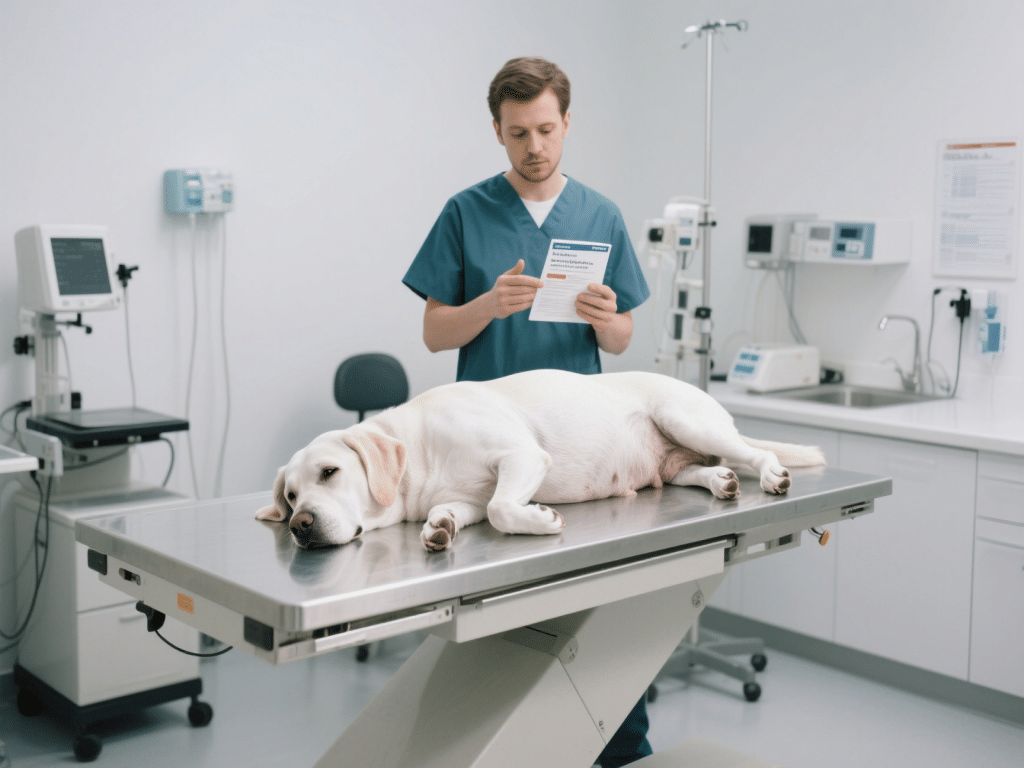
Veterinarian Tips: Deworming Pregnant Dogs Safely
IntroductionDeworming pregnant dogs is essential to protect the dam and her puppies from congenital ...
Read More
Multi-Cat Household Deworming: Preventing Parasite Spread
IntroductionIn multi-cat households, parasites can spread rapidly between cats, resulting in recurri...
Read More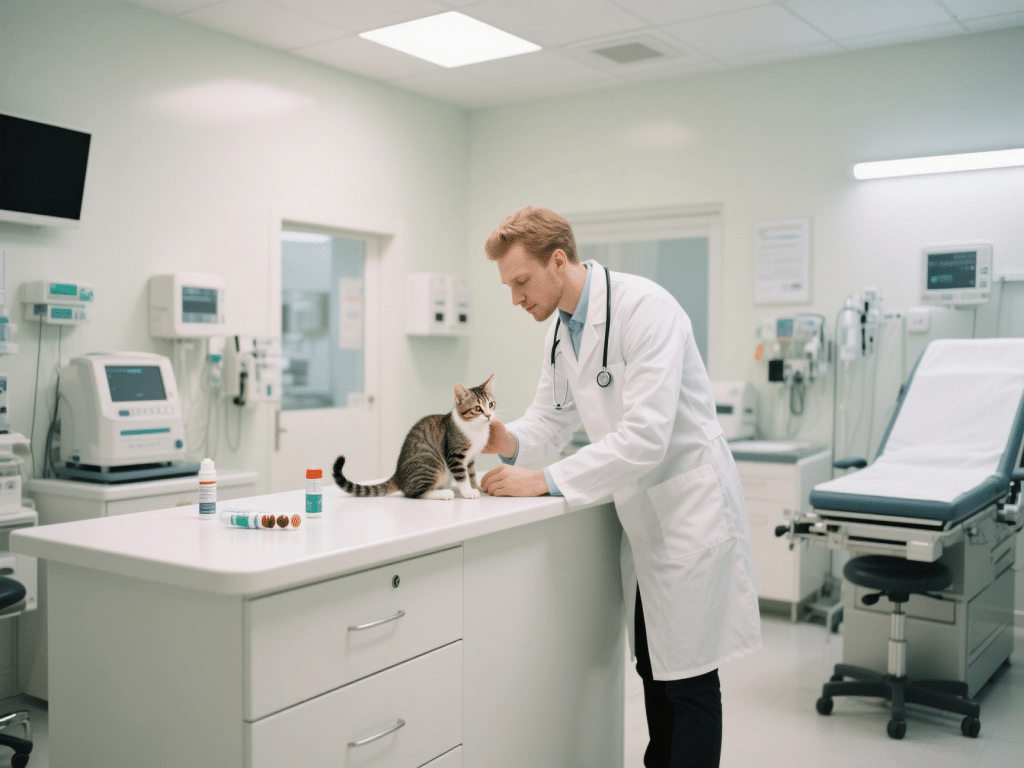
Cost-Effective Deworming Options for Large Breed Dogs
IntroductionLarge breed dogs (over 50 lbs) require higher medication dosages, which can increase tre...
Read More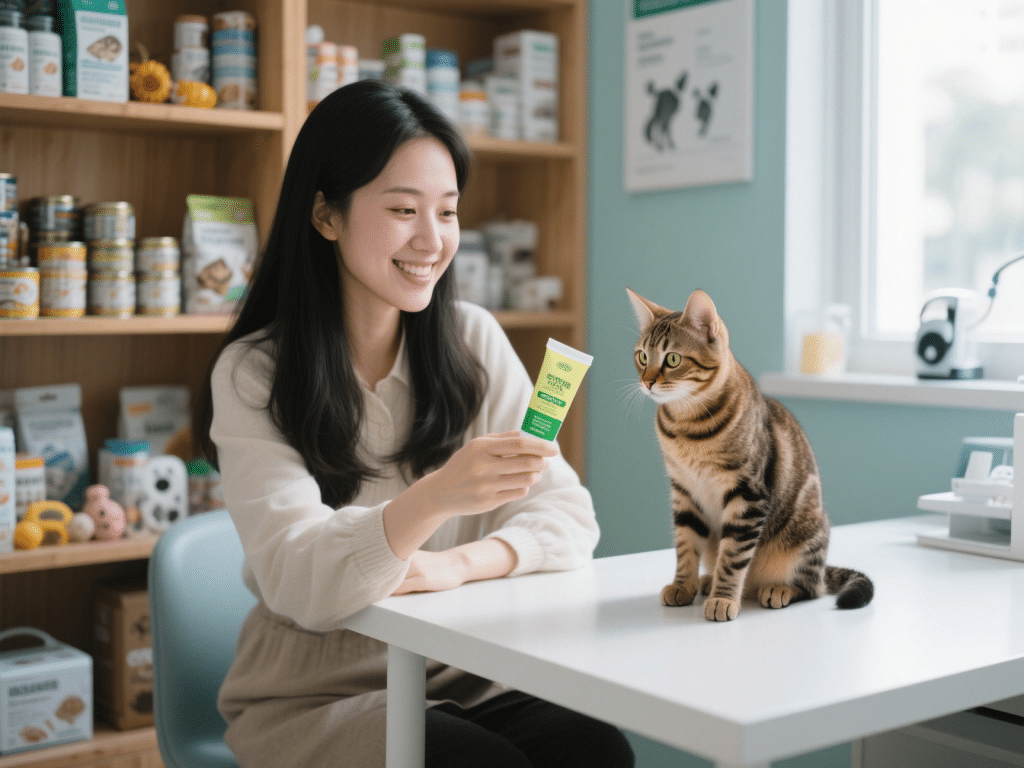
Best-Tasting Dewormers for Cats: A Flavor Guide for Fussy Felines
Why Flavor Matters in Feline DewormingCats detect bitterness 100x more intensely than humans due to ...
Read More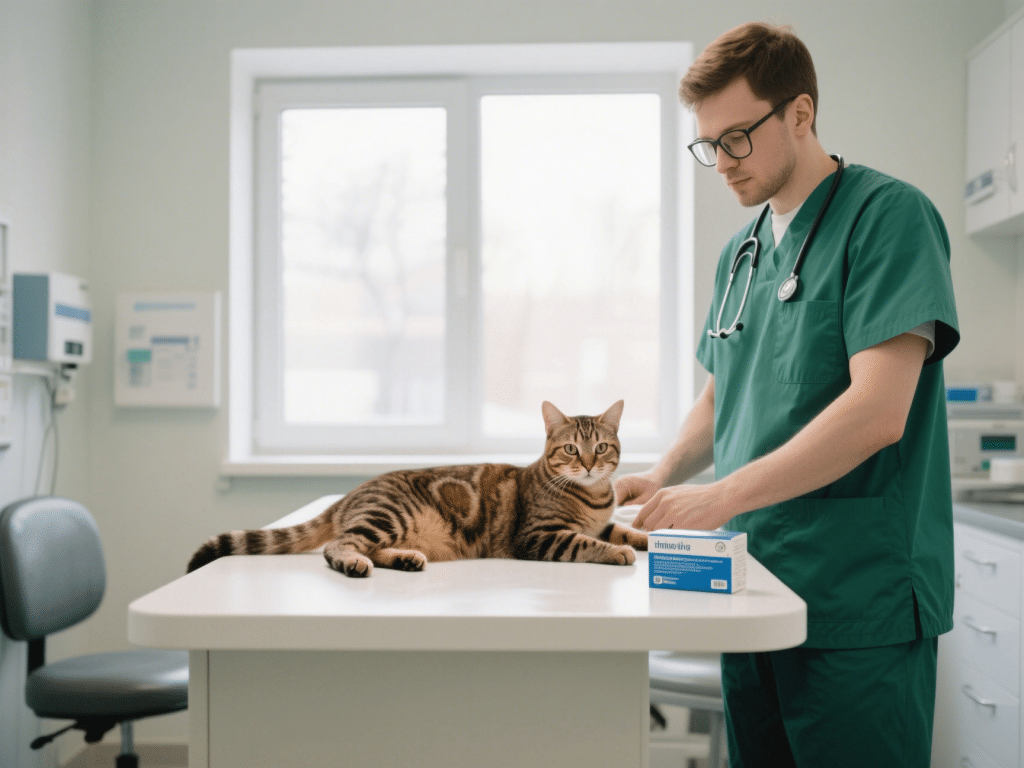
Clinic vs. At-Home Deworming for Cats: Making the Right Choice
Clinic vs. At-Home Deworming for Cats: Making the Right ChoiceChoosing between clinic-based and at-h...
Read More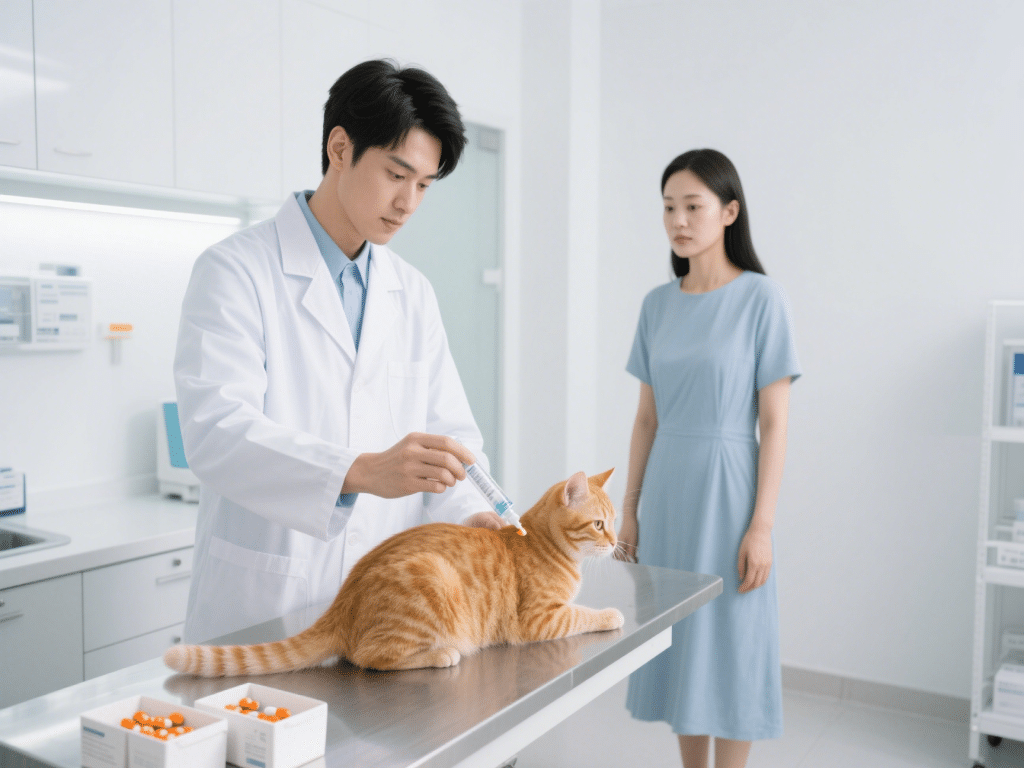
How to Safely Combine Internal and External Dewormers for Cats
How to Safe Protocols for Combining Internal and External Dewormers in CatsEffective feline parasite...
Read More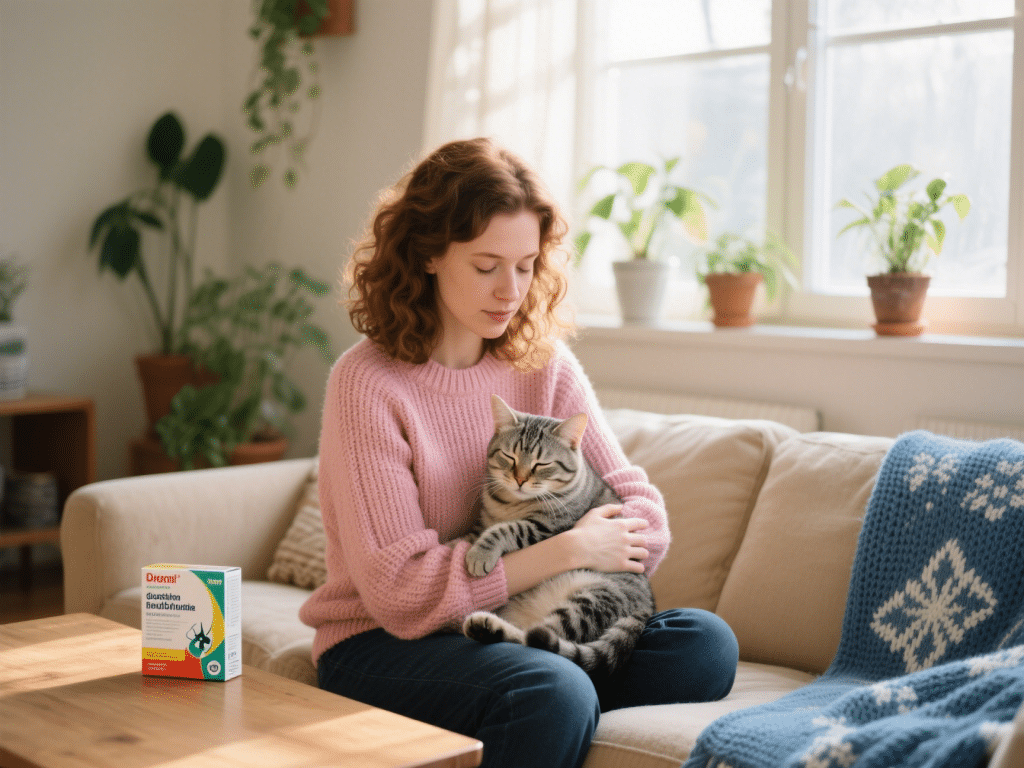
Can You Cuddle a Cat Right After Deworming? Handling Tips for Owners
Can You Cuddle a Cat Right After Deworming? Handling Tips for OwnersDeworming is essential for your ...
Read More
Why Cats Require Regular Deworming: Understanding Internal and External Parasites
1.1 Internal Parasites• Ascarids (Roundworms): The most common intestinal parasites, often causing...
Read More